At Amendola Air Base in Puglia, at the 32 ° Stormo, the Italian Air Force hosted the TLP 2018-4, the 4th Flying Course of the TLP Tactical Leadership Programme, which began on November 19, 2018 and ended on December 14, 2018, with the participation of national and international assets. About 50 fighters and support aircrafts and 900 people were deployed at the 32 ° Stormo for the TLP 2018-4 flight course, personnel and assets from five nations (Italy, Belgium, Germany, Holland and U.S.A.).
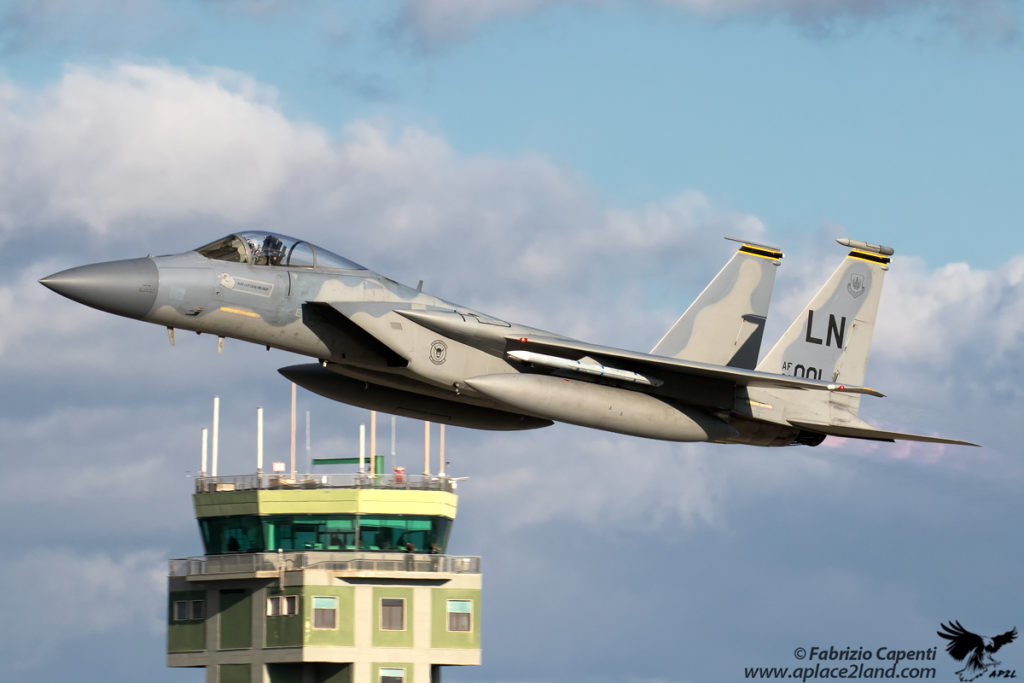
About TLP
The T.L.P. is an international military organisation to which 10 nations adhere (Spain, United Kingdom, USA, Italy, Germany, France, Belgium, Holland, Denmark, and Greece), born on the basis of a Memorandum of Understanding (MOU), and represents the key reference, within NATO, in the field of joint aerotactic training and in the development of leadership skills, indispensable for facing increasingly advanced and complex operational scenarios.
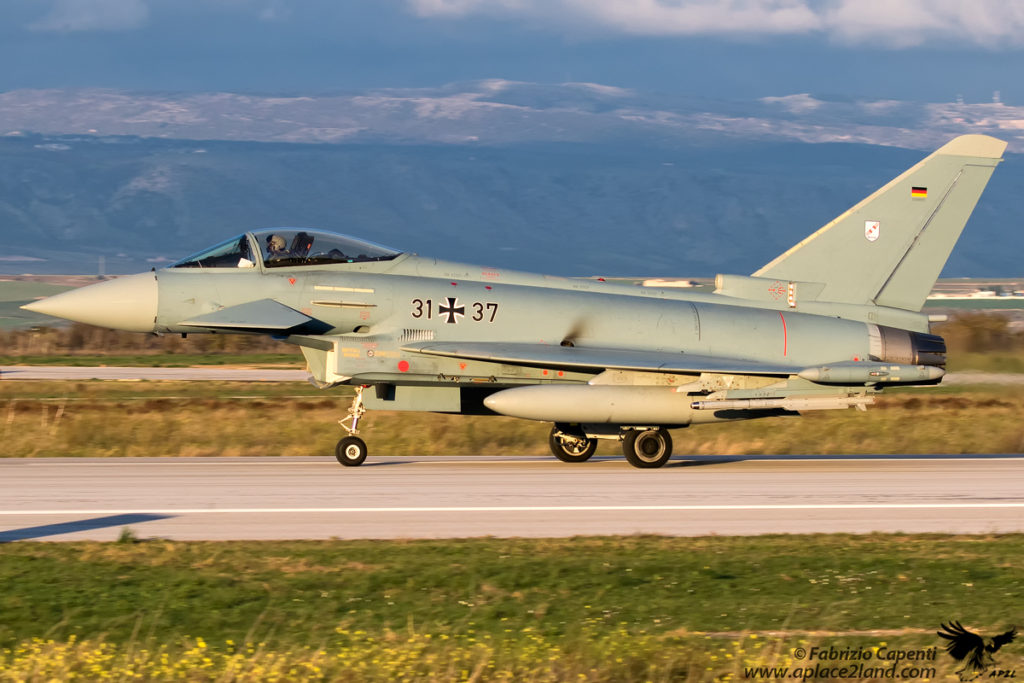
The purpose of each Flying Course is to train future Mission Commanders through specific training in complex air operations where interactions between multinational air, naval and land forces are foreseen.
Throughout our 40 year history, TLP has become the focal point for NATO’s Allied Air Forces tactical training and development of knowledge and leadership skills, necessary to face today’s air tactical challenges.
The TLP is also a reference in the doctrinal sector in the field of tactical air leadership, taking care of the drafting and updating of the reference directives, in support of the various NATO agencies and the air components of the various nations.
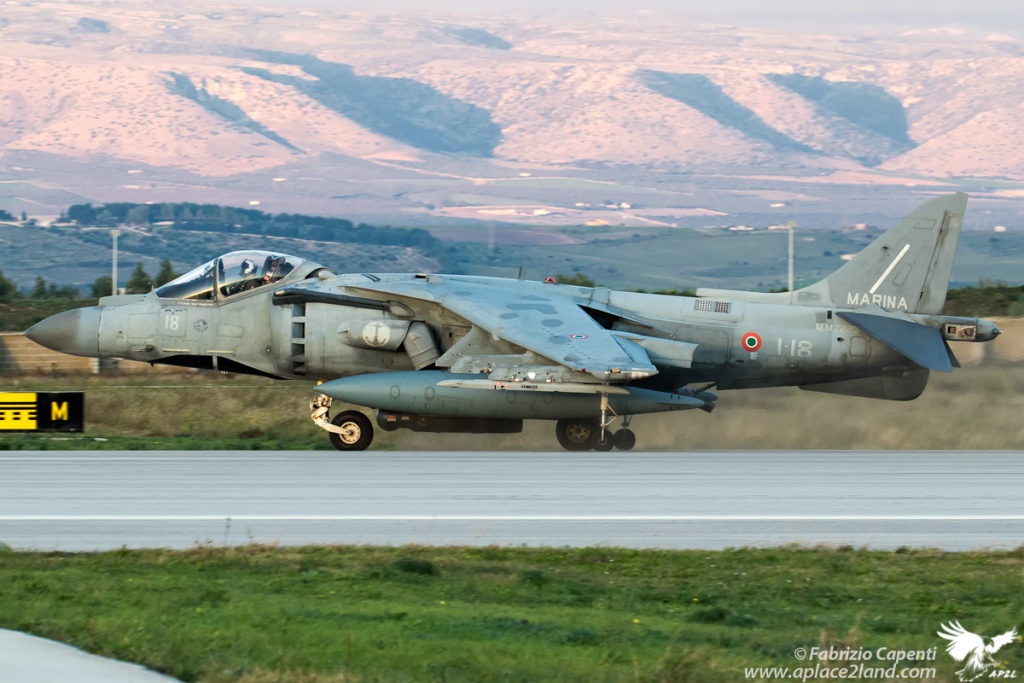
The TLP of Albacete annually organizes 4 Flying Courses always supported by a doctrinal and didactic part, with the aim of qualifying the crews of the aerotactic lines as Mission Commander in the context of complex Combined Air Operations (COMAO) which involve the interaction of air forces, naval and land in realistic scenarios attributable to the modern international operational contexts where the armed forces operate.
Partecipants
The Italian Air Force was present with all the most modern aircraft currently in service, such as the F-35 A and MQ-1C and MQ-9A of the 32 ° Stormo, 13 ° Group, based in Amendola. They participated with the Eurofighters EF-2000 of the 4th, 36th and 37th Stormo, T-346 of the 61st Stormo, 212th Group of Galatina and KC-767 A and G-550 CAEW of the 14th Stormo; P-72 ° of the 41st Stormo, HH-101 of the 15th Stormo and HH-212ICO of the 9th Stormo.
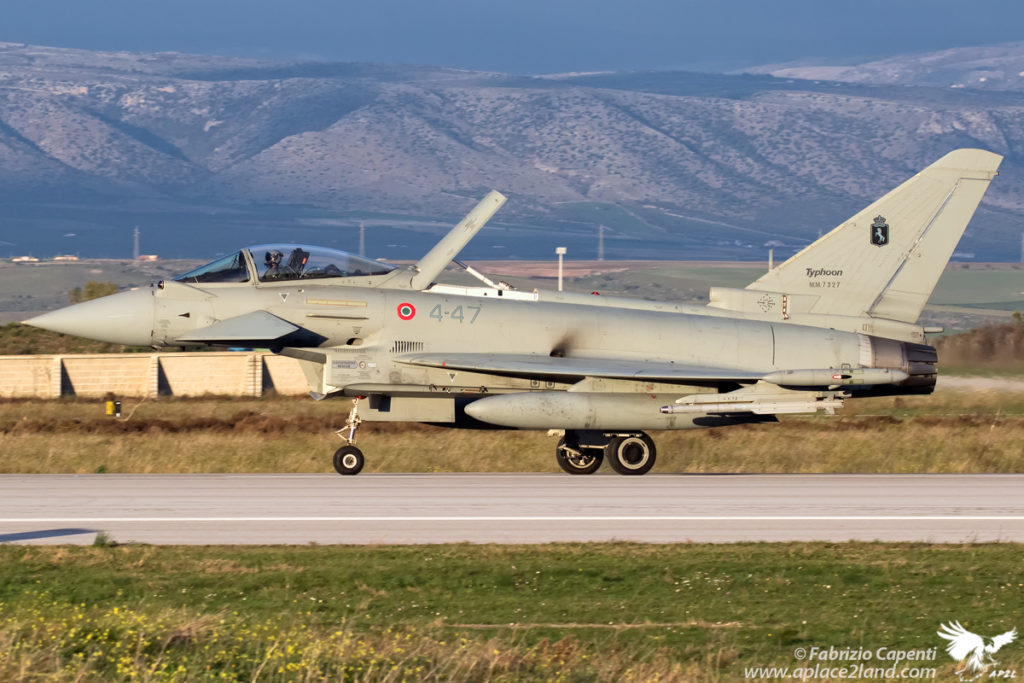
The Italian Navy participated with the AV-8B Harrier II + aircraft, Gruppo Aerei Imbarcati.
NATO has made available an AWACS E-3A.
The United States deployed in Amendola the F-15 C / D Eagle of the 493d FS The Grim Reapers, belonging to the 48th Fighter Wing, normally based at Lakenheath in England. For in-flight refueling operations, the KC-135Rs of the 100th ARW of Mildenhall intervened.
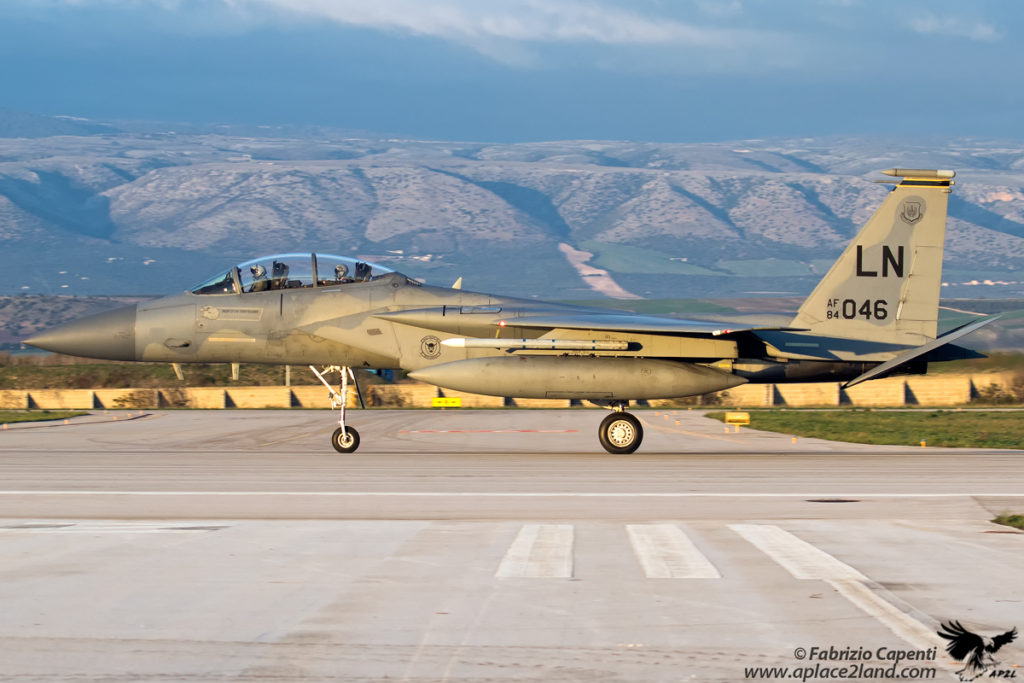
Germany has deployed the Eurofighters of the Tactical Air Force Wing 31 “Boelcke” TLG 31 normally based at the Norvenich Air Base and the Eurofighter of the TLG 74 based at the Neuburg Air Base; also present were the ECR Tornadoes of the Tactical Air Force Wing 51 “Immelmann” based at the Schleswig Air Base.
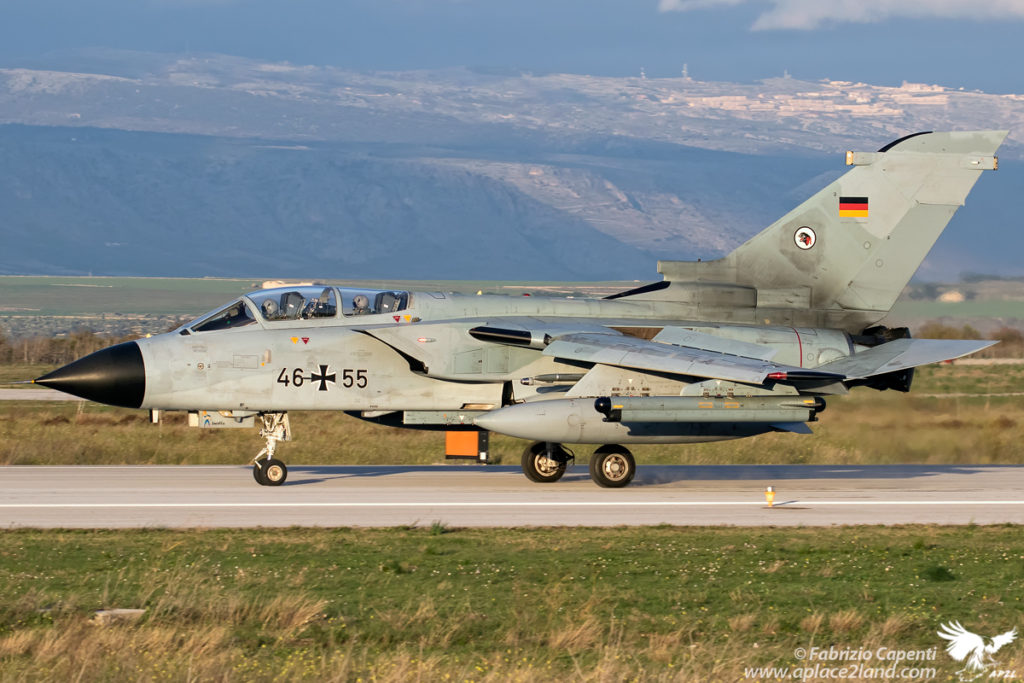
The Belgian Air Force participated with the F-16AM / MLU with mixed crews of the 2nd Tactical Wing based at Florennes Air Base and 10th Tactical Wing based at Kleine Brogel Air Base.
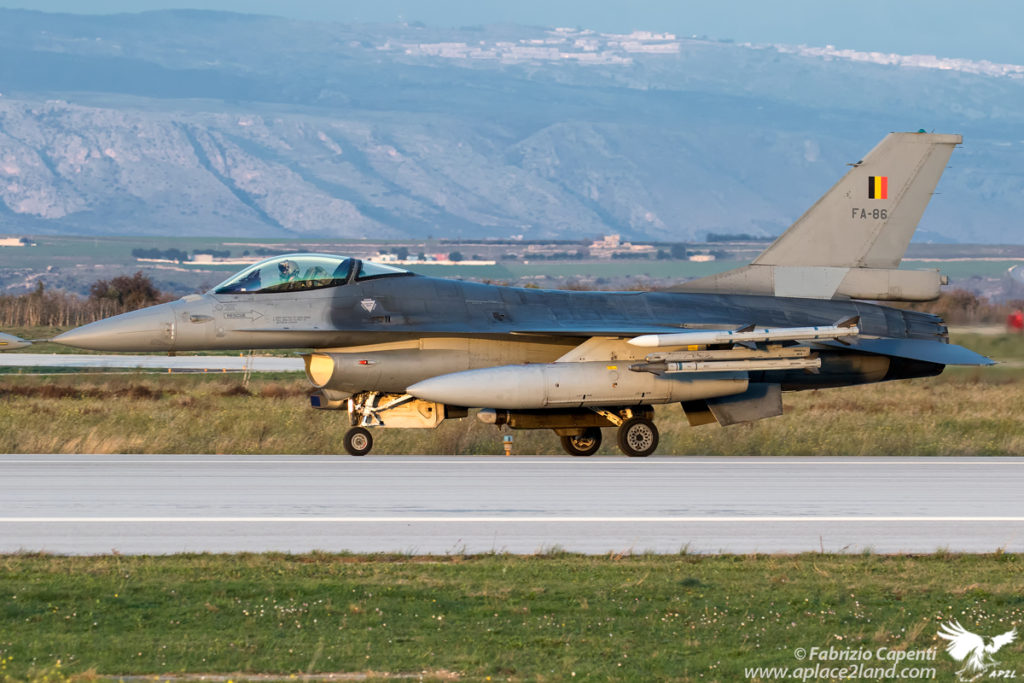
The Dutch Air Force participated with the F-16AM / MLU 322nd Squadron and the 313th Squadron.
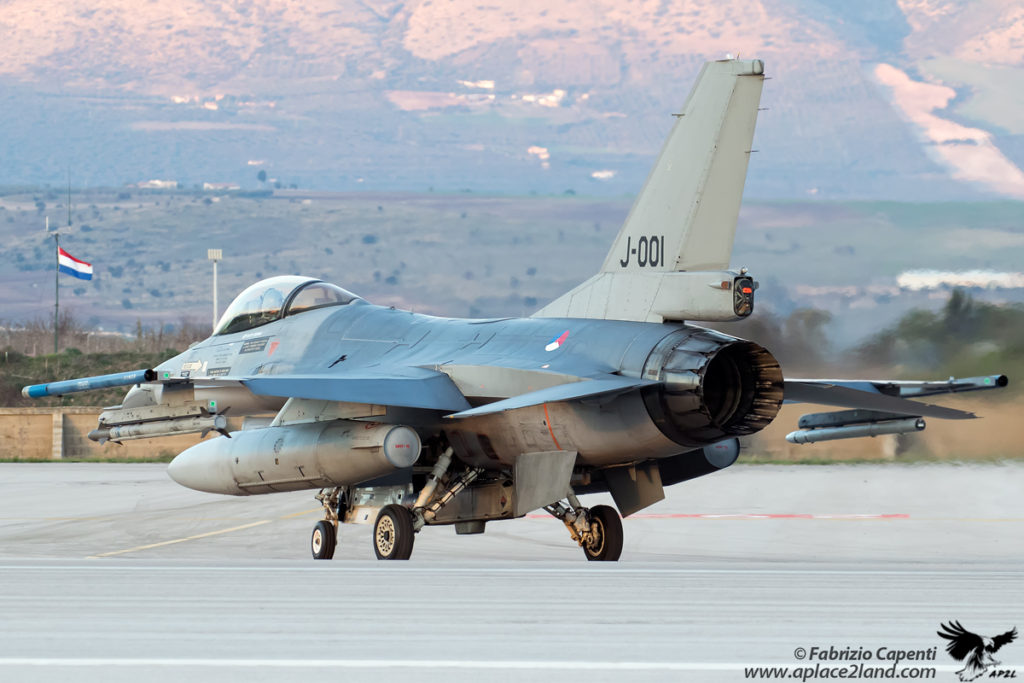
A Learjet 35 A Jamkite from Aribus Defense also participated in the missions.
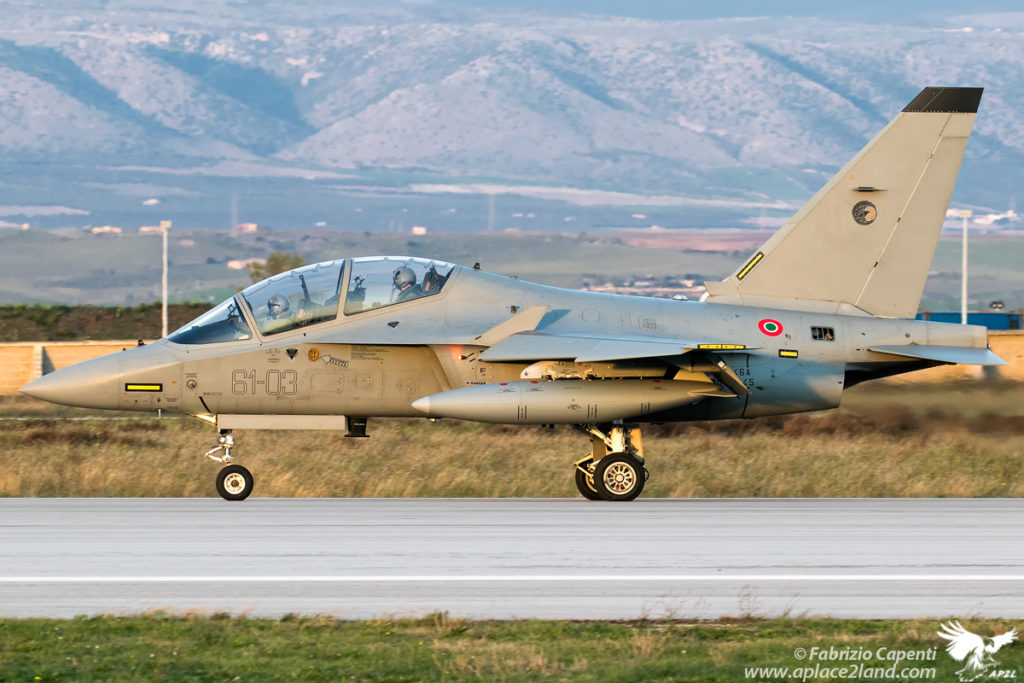
In detail, the following are assigned to the Blue Forces operating in the air / air, air / ground and suppression of anti-aircraft defenses: 4 F-35A (A / G), 2 Eurofighters of the 37 ° Stormo (A / G), 2 AV-8B Harrier , 2 Belgian F-16AM / MLU (A / G), 2 Dutch F-16AM / MLU (A / G), 4 German Eurofighters (A / G), 2 4th Stormo Eurofighters (A / A), 2 F – Belgian 16AM / MLU (A / A), 2 German Eurofighters (A / A), 4 USAFE F-15Cs (A / A), 1 German Tornado (SEAD).
The Red Forces, which operate in the counter-air offensive sector, are framed: 4 Eurofighters of the 36 ° Stormo (OCA), 2 T-346 61 ° Stormo (OCA), 2 Belgian F-16AM / MLU (OCA), 4 F -15C USAFE (OCA).
The supports are framed as: 1 G-550 CAEW 14 ° Stormo (AEW), 1 E-3 Awacs NATO (AEW), 1 German Learjet 35A (EW), 1 MQ-1 or MQ-9 32 ° Stormo (SLOMO) , 1 HH-101A 15th Stormo (CSAR), 1 HH-212ICO 9th Stormo (CSAR), 1 KC-767A 14th Stormo (AAR), 1 P-72A 41st Stormo (SURPIC).
Missions
This Flying Course TLP 2018-4 was specially organized at the Amendola air base to allow the participation of the new F-35A. Italy is the first European country to have achieved the important goal of initial I.O.C. – Initial Operational Capability which, as the term implies, albeit still with limitations allows the Italian Air Force to have a weapon system that develops concrete operational capabilities.
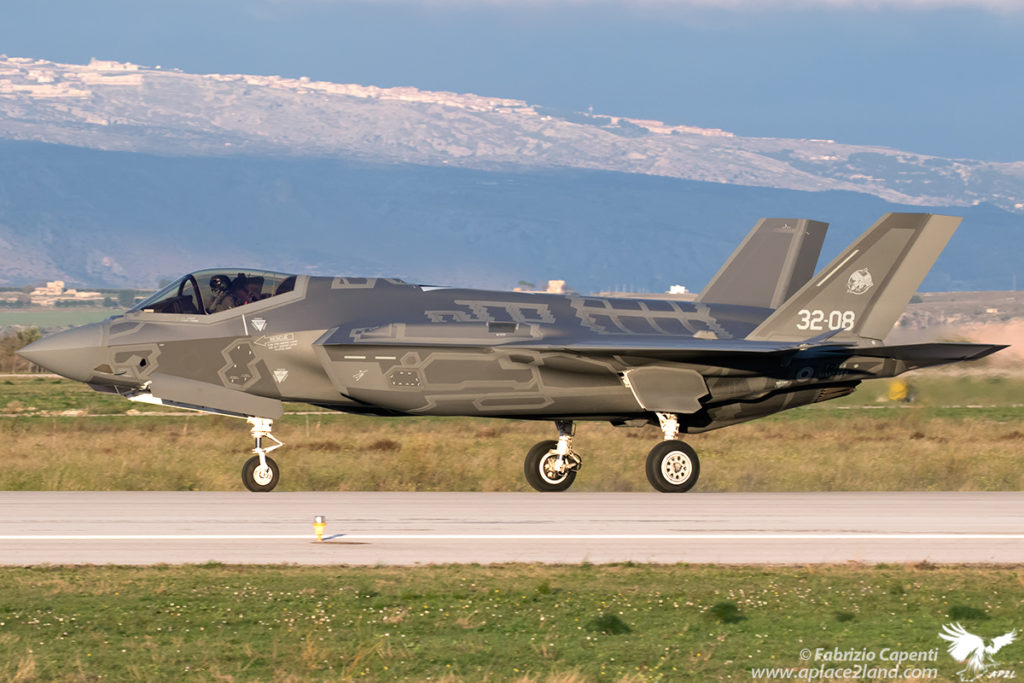
The simultaneous participation of 4th and 5th generation aircrafts constitutes in fact the peculiarity of the last Flying Course of 2018, a very important opportunity to favor the standardization of tactics, techniques and procedures, with a view to transitioning to weapon systems and technologies characteristic of 5th Generation aircraft, in an environment with a high international connotation and inter-forces and to exercise interoperability between different systems, even if not homogeneous, to develop and increase the ability to cooperate, exchange or reuse information or services produced by others.
It was therefore essential to interface with other NATO members who use a different type of aircraft, allowing them to train with allies and partners such as neighboring states, improving coordination between them. It has been possible to compare fourth generation aircraft such as the Eurofighter and F-16 with fifth generation stealth aircraft such as the F-35A to maintain air operations in the same operating theater.
In this way, on the one hand, the F-35As operated together in fourth generation fighters, as could happen during a period of real hostility; at the same time the fourth generation parts have been able to increase their level of airspace control capability with the help of fifth generation aircraft.
The amount of information and data that the F-35A aircraft can collect, analyze and transmit to the ground can be useful for purposes that are not only military but also civil because other state institutions will also be able to use them. The exchange of information that allows you to react quickly against threats in the best possible way, allowing those in charge to make the right decisions, this is crucial for the success of an operation.
All these new capabilities must be gradually integrated to allow legacy, traditional, lower-generation and 5th-generation aircraft to work together in the coming years, guaranteeing NATO, Europe and individual countries high operational capabilities.
